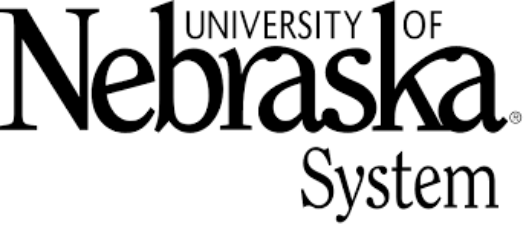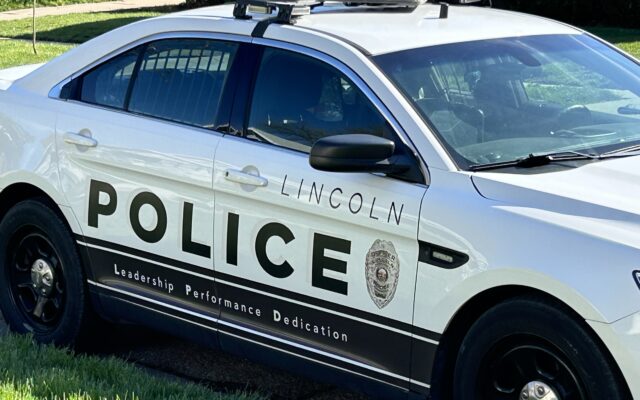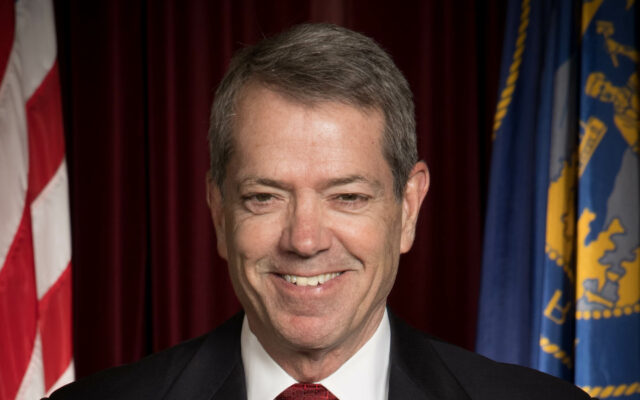University of Nebraska Fall Enrollment Enrollment Drop “Disappointing, Not Shocking”

Lincoln, NE (September 7, 2022) University of Nebraska System enrollment for the fall semester is 49,560, according to new figures announced today by President Ted Carter.
Enrollments within several key workforce areas grew this year, including in agriculture, public health, allied health and a record-high enrollment in the University of Nebraska-Lincoln’s College of Engineering. The University of Nebraska at Omaha has its largest incoming first-year class in history, the University of Nebraska Medical Center set its 22nd straight enrollment record, and the University of Nebraska at Kearney saw growth among nonresident undergraduates.
NU’s student body is again the most diverse in university system history, with 22 percent of students identifying as minority.
The total headcount enrollment for the NU System’s four campuses plus the Nebraska College of Technical Agriculture is a 2.2 percent decline from 2021. The decrease aligns with projections built in to the university’s 2022-23 operating budget, approved by the Board of Regents in June.
“The University of Nebraska has not been immune to challenges facing colleges and universities across the country,” Carter said, noting that postsecondary enrollment nationally has declined in recent years. “But the fact is, Nebraska needs and expects its public university to grow. The University of Nebraska System is the largest producer of workforce, research and service in the state. We can’t afford to be stagnant on enrollment.
“These numbers aren’t shocking to us, but they are disappointing. I’ve told the chancellors that I expect an all-hands-on-deck effort to get us where I know we can be. This is the time to be bold and creative in our thinking. Enrollment is our top priority.”
Carter highlighted a number of recent system-wide steps designed to expand access and opportunity for students and families, including the creation of the Nebraska Promise, which allows qualifying Nebraska students with family incomes of $65,000 or less to attend the university tuition-free; two straight years of tuition freezes; and application fee waivers during the fall.
The university also is focused on expanding transfer opportunities so that students can seamlessly transfer between postsecondary institutions, as well as expanding educational opportunities for working adults, particularly the 300,000-plus Nebraskans who have some college credits but no degree.
“A University of Nebraska education transforms a student’s life,” Carter said. “The value that higher education brings to individuals, communities and our economy is as great as it has ever been. Our task now is to make sure we bring that opportunity to each and every student.”
Details on the University of Nebraska System’s fall 2022 enrollment follow. Figures are based on a student census taken on the sixth day of classes.
Campus enrollment totals:
- University of Nebraska-Lincoln: 23,805 (2.6 percent decrease)
- University of Nebraska at Omaha: 15,058 (1.7 percent decrease)
- University of Nebraska at Kearney: 6,041 (3.7 percent decrease)
- University of Nebraska Medical Center: 4,406 (0.4 percent increase)
- Nebraska College of Technical Agriculture: 250 (2.3 percent decrease)
System-wide enrollment totals:
- University of Nebraska System total headcount: 49,560 (2.2 percent decrease)
- First-time freshmen: 7,847 (0.2 percent decrease)
- Undergraduate students: 36,370 (2 percent decrease)
- Graduate students: 9,498 (3.6 percent decrease)
- Professional students: 3,442 (0.2 percent decrease)
Other enrollment highlights:
- In addition to a 7 percent enrollment increase in the UNL College of Engineering, enrollment in UNL’s Hixson-Lied College of Fine and Performing Arts is up 6.2 percent, with strong growth from the new Johnny Carson Center for Emerging Media Arts.
- Enrollment of first-time freshmen grew in UNL’s College of Journalism and Mass Communications, College of Business, College of Engineering and College of Agriculture and Natural Resources. CASNR has its second-largest enrollment of new students (first-time freshmen and transfer students) in history.
- UNL’s enrollment of U.S. undergraduate students from outside Nebraska is up 3.6 percent over last fall.
- The number of first-time freshmen enrolled in UNK’s health sciences programs is up 14 percent.
- Enrollments of international students at UNO and UNMC increased as institutions begin to rebound from pandemic-related declines.





